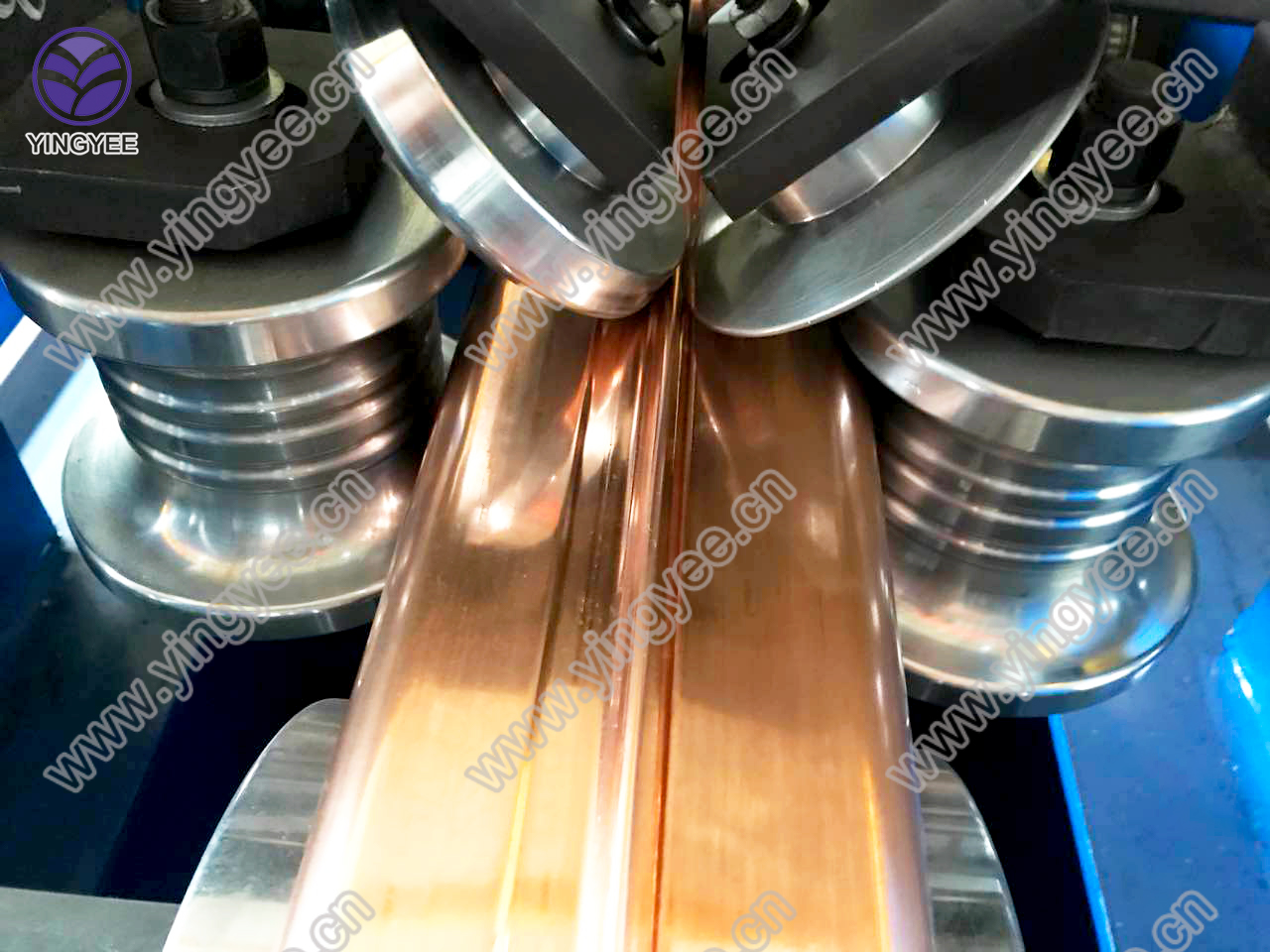
The Innovation of Rain Downspout Forming Machines
In the realm of modern construction and infrastructure, efficiency and precision are paramount. One of the pivotal advancements in this field is the rain downspout forming machine. This innovative piece of machinery has transformed traditional practices by streamlining the production of downspouts, which are crucial for effective rainwater management in buildings.
Understanding Rain Downspouts
Before delving into the mechanics of the forming machine, it is essential to understand the role of rain downspouts. These vertical pipes channel rainwater from gutters down to the ground or drainage system, preventing water from pooling around a building's foundation. This is especially important in preventing water damage, mold growth, and structural deterioration. As such, the efficiency and quality of downspouts are vital considerations in building design and construction.
The Evolution of Manufacturing Techniques
Traditionally, downspouts were fabricated manually, which was a labor-intensive and time-consuming process. This method often resulted in inconsistencies in dimensions and shapes, as skilled craftsmen were required to ensure quality. As demand for efficient construction methods grew, the construction industry began seeking automation solutions.
Enter the rain downspout forming machine. This advanced technology leverages automation to produce high-quality downspouts in various sizes and styles with minimal human intervention. These machines can handle various materials, such as aluminum, galvanized steel, and vinyl, making them versatile for different construction needs.
How a Downspout Forming Machine Works
The core functionality of a rain downspout forming machine lies in its ability to cut and shape metal or other materials into a desired profile. The process starts with a raw material coil, which is fed into the machine. As the material passes through rollers, it is gradually shaped into the required downspout profile.
The machine often includes features such as
1. High-Speed Cutting Advanced cutting mechanisms enable rapid shaping of the material, significantly reducing production time. 2. Precision Control With automated controls and measuring systems, these machines ensure that each downspout produced meets exact specifications, reducing waste and the need for rework.

4. Integrated Quality Checks Many machines are equipped with sensors that monitor product quality throughout the manufacturing process, ensuring that every downspout meets industry standards.
Benefits of Using Rain Downspout Forming Machines
The adoption of rain downspout forming machines offers numerous benefits
1. Increased Efficiency Automated processes dramatically reduce the time it takes to produce downspouts, allowing for quicker project completion.
2. Cost-Effectiveness By minimizing labor costs and material waste, these machines can lead to substantial savings in large-scale construction efforts.
3. Enhanced Quality Consistent production quality is achieved, mitigating the risks associated with manual fabrication methods.
4. Scalability These machines can handle large volumes, making them ideal for both small projects and extensive construction endeavors.
5. Sustainability With the ability to optimize material usage and reduce waste, these machines contribute to more environmentally friendly construction practices.
The Future of Downspout Production
As technology continues to evolve, so too will the capabilities of rain downspout forming machines. Future innovations could include enhanced automation, artificial intelligence for predictive maintenance, and integration with smart construction technologies. Such advancements will further enhance productivity, quality, and sustainability in the construction industry.
In conclusion, the rain downspout forming machine represents a significant leap forward in the manufacturing process of essential building components. By improving efficiency, quality, and customization, these machines not only meet the growing demands of the construction industry but also pave the way for a more sustainable future. As the industry continues to embrace technological advancements, we can expect to see even greater innovations that will redefine how we approach construction and infrastructure management.